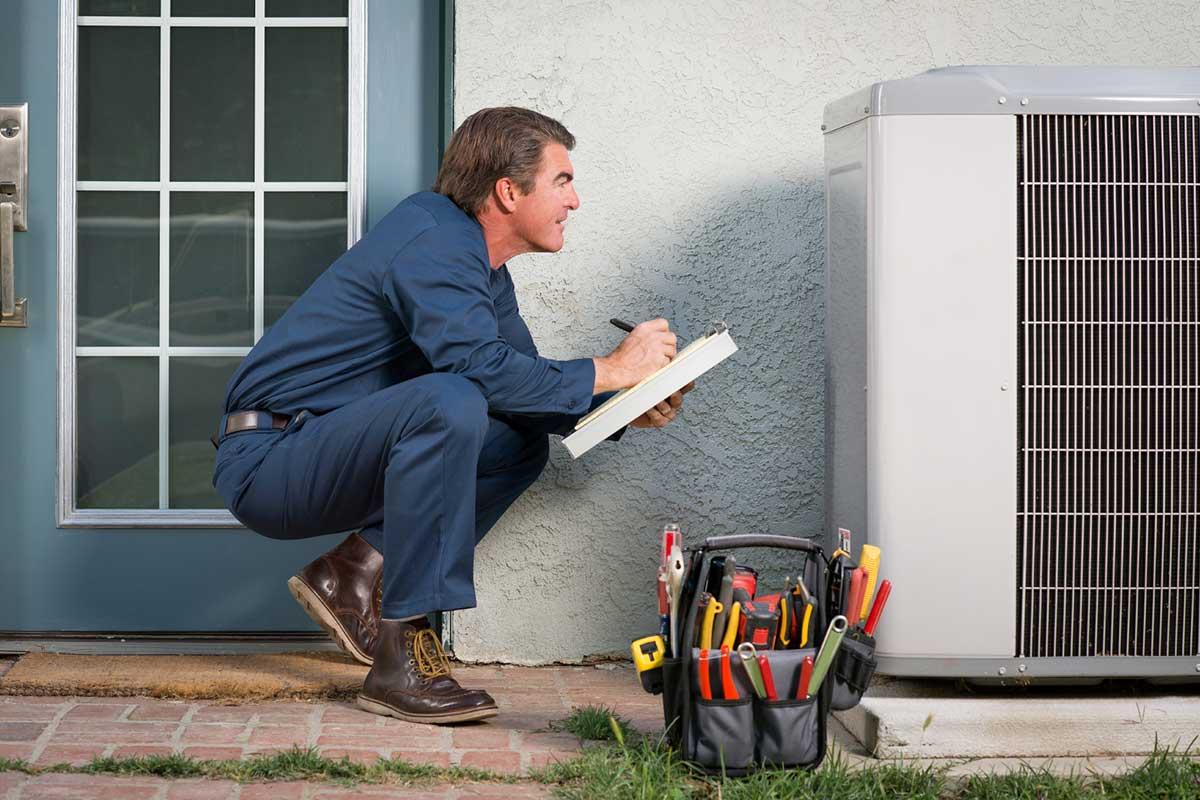
Not everybody recognizes with the different types of Heating and Air Conditioning devices that exist to make heating and a/c possible. As time goes on, HEATING AND COOLING equipment modifications for the much better, generally being more expense reliable or energy effective. Knowing a few of the basic pieces and their functions might help create a much better understanding of how an A/C system operates.
Not all HVAC systems are the very same, however a lot of them consist of the same parts that are required to work together as a system. Whether you have the capability to do it yourself or you need to call an A/C expert, these parts that are consistently working together to keep the total system running smoothly. Let's do a rundown on some A/C equipment.
Heating and Air Conditioning Coils
There are 2 types of Heating and Cooling coils in a common Heating and Air Conditioning system; a condenser coil and an evaporator coil. The condenser coil help in heat exchange, and similar to it says in the name, it condenses the hot refrigerant gas by being pumped outside and put under pressure to develop into liquid. The condenser coil then helps to launch the heat, and the refrigerant returns inside to the evaporator coil. The evaporator coil, normally found in the air conditioner, is where the home air goes through to be absorbed and turned into cold air. This air is then blown through the ducts.
Air Handler
An air handler is an indoor metal box used for both heating & cooling. It consists of the blower, which is what sends out the air through your house, as well as the evaporator coil. Depending on the size of the Heating and Cooling system, it's readily hvac company reviews available in various sizes and different speeds. It's one of the most fundamental parts of the Heating and Air Conditioning system. It's how your cool air and warm air reaches you.
Refrigerant Lines
Refrigerant lines are the metal tubes that the refrigerant runs through on its method to the evaporator coils. Refrigerant is what causes the cooling. The condensing unit vaporizes the liquid into gas and goes to the evaporator coil as liquid. These tubes can manage many temperatures, from regular to extreme.
Heating system
The furnace is a large unit, usually concealed away in a basement or a closet. The furnace is the Heating and Air Conditioning system's heat provider. Heat is sent out from the heater to all the ducts of the house. There are various types of heating systems with different kinds of heat sources. For example, a gas heating furnace uses gas and oil.
Single Phase Heater vs. Two-Stage Furnace
The single stage furnace has an on and off function, permitting the user to have full control. The two-stage heating system resolves the thermostat. The thermostat is used to determine whether hot air or cold air is needed. The two-stage furnace is useful for saving energy since the heater switches off on its own when the temperature reaches a suitable level.
Heat Exchanger
A heat exchanger is discovered in every furnace unit. It's a really vital part and it should be kept tidy. Initially, the thermostat activates the furnace. Then, the heat exchanger goes into action. Cool air enters the heat exchanger, which is pulled from the rooms of the house or structure, and is heated to be distributed back in.
Thermostat
A thermostat is https://air-conditioning-repair-toronto.ca/about-us/ the controlling element of the heating system. It senses the temperature level and notifies the heating system. The majority of them are put so that they can be easily accessed and altered by those inhabiting the house or structure. Depending upon choice, they can be programmed or by hand set. A programmable thermostat is helpful for controlling the temperature during perpetuity of the day. A programmable thermostat can even assist to conserve money and energy.
Ducts
Ducts, or ductwork when referring to the system of ducts, are usually made from aluminum and often put within the ceiling when the house or structure is constructed. Ductwork is accountable for transferring air to various http://bomacanada.ca/en/ locations of the house. It is essential to keep the ducts insulated.
Vents
A vent is a rectangular opening in which the air transferred from the ducts is launched. The metal used to make the vents has the ability to handle both the cold and hot air temperatures that travel through. Take an appearance on or near your ceiling. They're more than likely there.
Not all vents are described as vents. Some have particular names. An example of one is a supply register. It's a little rectangle-shaped vent that brings the warm and cold air. The reverse of this is the return vent. The return vent is bigger and made to, you guessed it, return the air. It gets returned to the Heating and Air Conditioning system to go through the process of being warmed or cooled again.
Conclusion
There you have it; more behind cooling and heating than you probably would like to know. As long as your house is getting the appropriate heating and cooling, you may not reconsider the operations behind it. Now when you're at house or any building taking pleasure in the conveniences of one or the other, you'll be educated about what devices is making it possible.